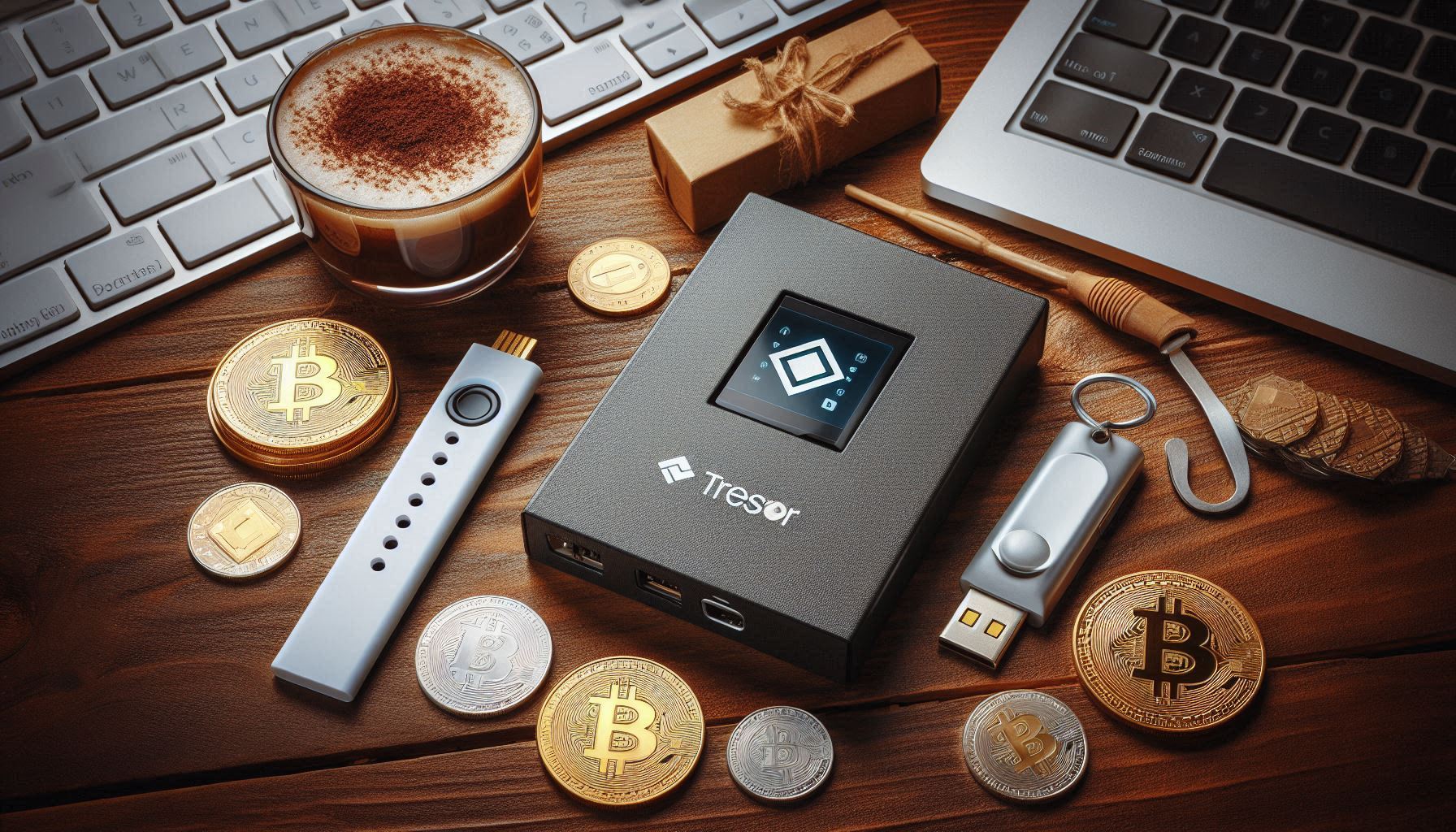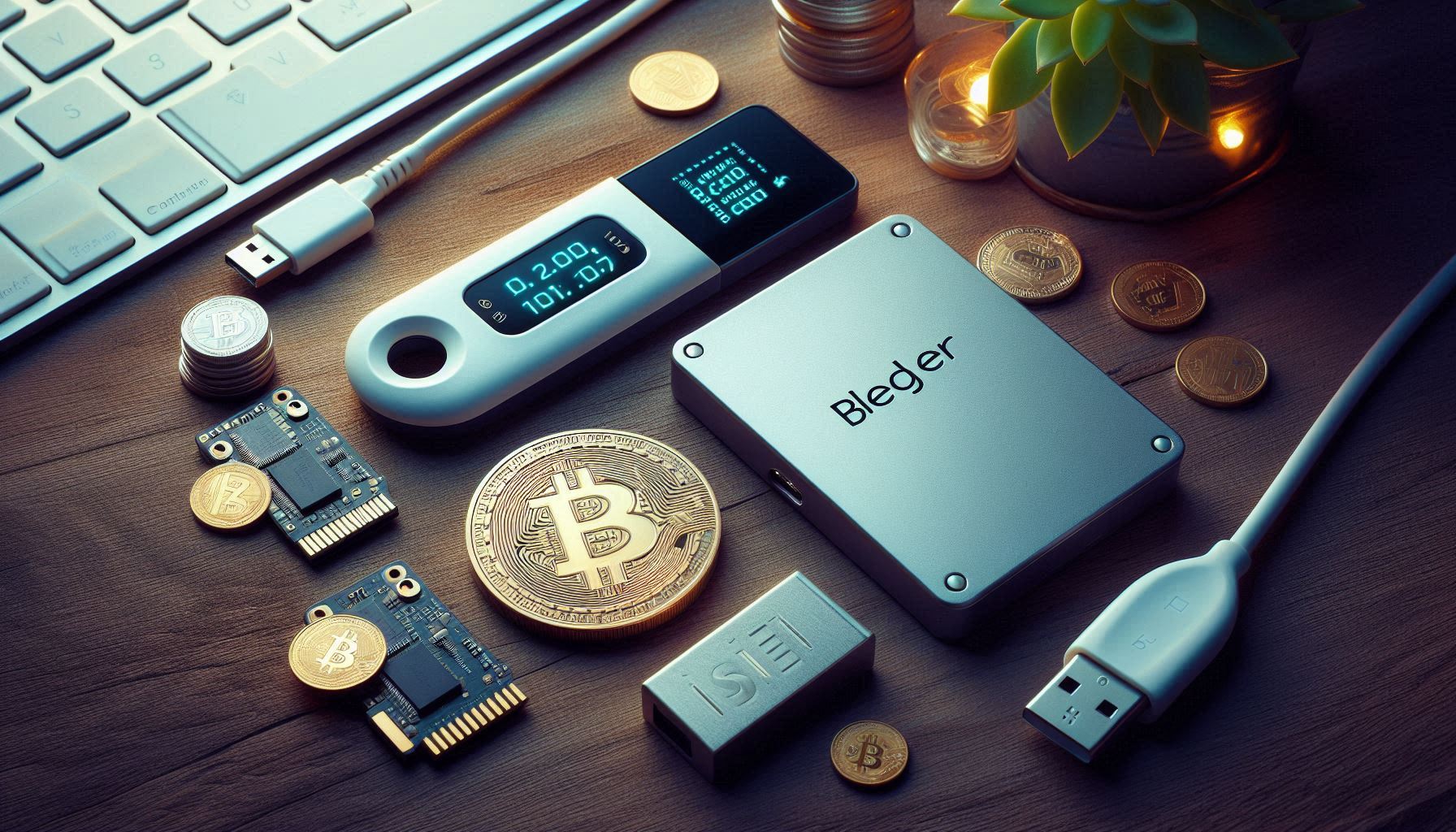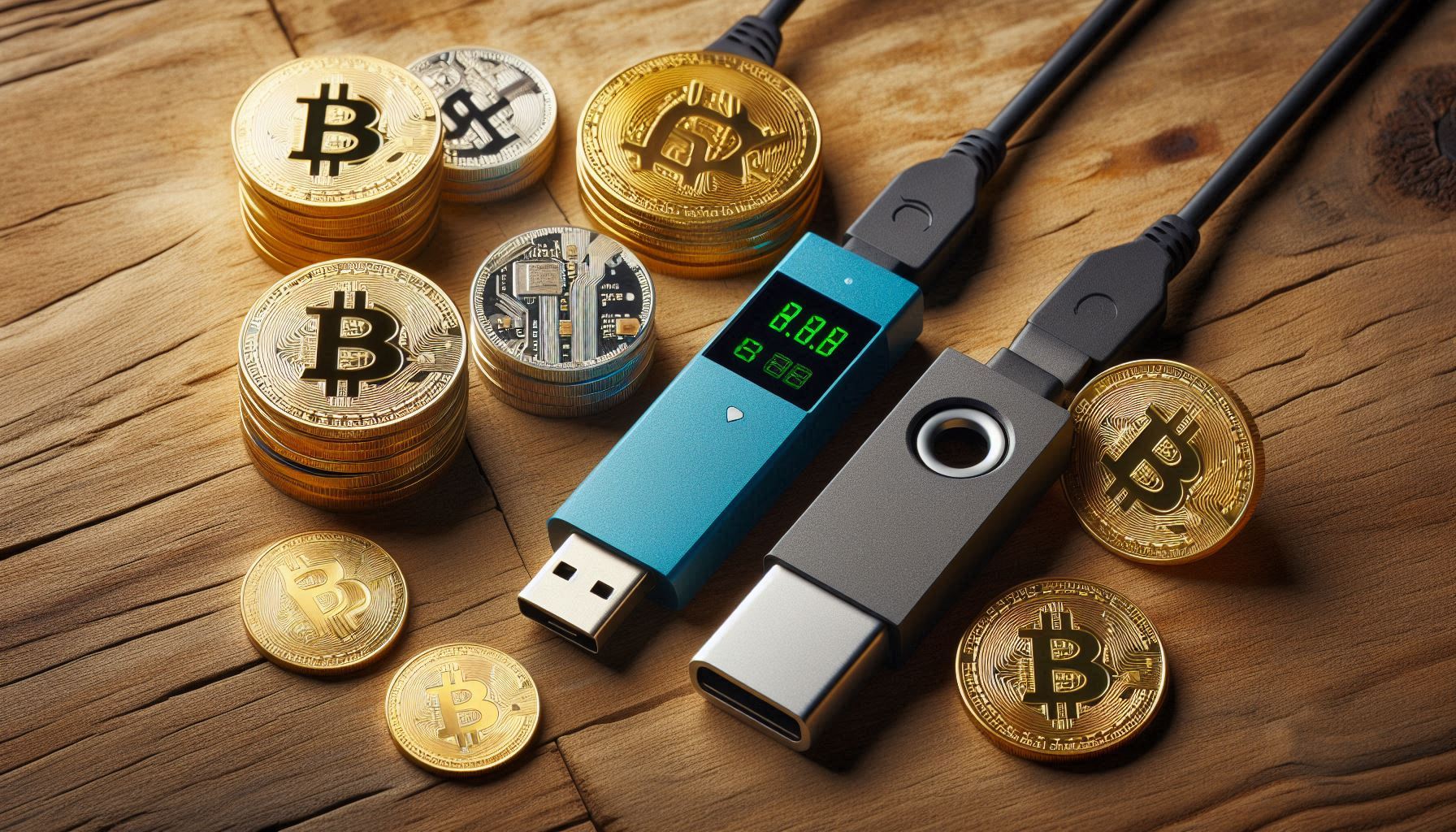How to store bitcoin - Crypto Wallets
Storing your Bitcoin securely is just as important as buying it. With the self-custodial nature of cryptocurrencies, you become your own bank—meaning you’re responsible for protecting, backing up, and accessing your digital wealth. This guide explains the main ways to store Bitcoin, the pros and cons of each method, and key safety tips for choosing what’s best for you.
Before restoring the crypto Seed, whether from Trezor or Ledger, test whether your crypto seed is really okay and secure:
Check your crypto seed here
Understanding Bitcoin Wallets
A Bitcoin wallet is a digital tool that allows you to store, send, and receive Bitcoin. Wallets don’t actually “hold” your coins—instead, they hold the private keys that grant access to (and control over) your coins recorded on the blockchain.

How to store bitcoin - Crypto Wallets
Types of Wallets:
-
Custodial wallets (you don’t control the keys; provided by exchanges or fintech apps)
-
Non-custodial/self-custody wallets (YOU control the keys; highest security if used properly)
Main Storage Methods for Bitcoin
A. Hardware Wallets (Cold Storage)
-
What they are: Physical devices (e.g., Trezor, Ledger, BitBox) designed to keep your Bitcoin private keys offline and immune to online hacks.
-
Best for: Long-term holders, large or life-changing amounts, security-focused users.
-
How it works: You connect the device to a computer/phone only when needed, approve transactions on the device’s screen, and never expose your private key online.
-
Pros: Top-level security, immune to viruses, easy backup via seed phrase, support for multiple coins.
-
Cons: Initial purchase price ($60–$200), loses funds if both device and recovery seed are lost/stolen.
B. Mobile and Desktop Wallets (Hot & Warm Wallets)
-
What they are: Software apps for smartphones or computers (e.g., BlueWallet, Muun, Sparrow, Electrum).
-
Best for: Everyday spending, receiving payments on the go, smaller balances.
-
How it works: Private keys are stored encrypted on your device. You can back them up using a seed phrase.
-
Pros: Fast access, QR code scanning, compatible with Lightning Network, free to use.
-
Cons: Still exposed to risks if your device is hacked, lost, or infected with malware.
C. Paper Wallets and Physical Backups
-
What they are: Your recovery seed (list of 12/24 words) or private key, written on paper or stamped in metal.
-
Best for: Making a backup of your hardware/software wallet, storing long-term “deep cold” storage.
-
Pros: Immune to hacking, allows you to recover funds on any wallet.
-
Cons: Prone to physical loss, fire, theft, fading ink. Never share or photograph; store securely.
D. Multisignature (Multisig) Wallets
-
What they are: Wallets requiring multiple keys to approve a transaction (e.g., 2-of-3 or 3-of-5).
-
Best for: Extra security, shared custody (businesses, families), inheritance planning.
-
Pros: No single point of failure—theft/loss of one key won’t lose your coins.
-
Cons: Slightly more complex to set up, requires careful coordination of copies/keys.
E. Custodial Storage
-
What they are: Keeping your Bitcoin on exchanges (like Coinbase, Binance) or in apps (Revolut, PayPal).
-
Best for: Beginners, those making frequent trades, or who want convenience.
-
Cons: You do not control your private keys. If the platform shuts down, is hacked, or is compromised, you risk losing your coins. Not your keys, not your coins.

How to store bitcoin - Crypto Wallets
Best Practices for Bitcoin Storage
-
Always back up your recovery seed (write it, never type or save online) and store copies in physically separate, secure places.
-
Never share your seed phrase or private key—even with trusted people or support agents.
-
Use hardware wallets for large amounts or long-term savings.
-
Consider multisig for maximum security or shared accounts (business, families).
-
Keep software/hardware updated and download wallets only from official sources.
-
Be discreet: Don’t brag about your holdings; consider personal security in the real world as well.
-
For everyday use: Keep only what you plan to spend in hot wallets (like a checking account); keep the remainder in cold storage.
Where Not to Store Your Bitcoin
-
Never store significant funds on exchanges or custodial apps. Exchanges can be hacked, go bankrupt, or freeze withdrawals.
-
Avoid saving private keys or seed phrases in email, cloud storage, screenshots, or digital notes.
-
Don’t use software wallets from unknown developers or unofficial app stores—they may be malicious “wallet drainers.”
Summary Table of Bitcoin Storage Methods
| Storage Method | Security | Best For | Who Controls Keys? | Accessibility |
|---|---|---|---|---|
| Hardware Wallet | Excellent | Long-term, savings | You | Medium |
| Software/Mobile Wallet | Good | Daily use, spending | You | High |
| Paper/Metal Backup | Excellent | Backup, offline | You | Low (manual) |
| Multisig Wallet | Excellent | Joint custody | Multiple parties/You | Medium |
| Exchange/Custodial | Low | Trading, beginners | Exchange/3rd party | Very High |

How to store bitcoin - Crypto Wallets
What Happens If I Lose My Keys or Seed Phrase?
You lose access to your Bitcoins permanently—there is no reset or support recovery. That’s why multiple secure backups and best practices are essential.
Most Common Mistakes When Storing Bitcoin
-
Failing to back up your keys or seed phrase properly.
-
Storing large amounts on exchanges.
-
Saving recovery phrases on internet-connected devices.
-
Using unknown or scam wallets/extensions.
-
Giving away private info by accident (phishing, scams).
Pro Tips from Advanced Users
-
Use passphrases (extra passwords) with some hardware wallets for extra protection.
-
Store backups in fireproof/safe deposit boxes, but keep their location private.
-
Periodically check and update your backup plans.
-
Consider inheritance planning: document steps for loved ones (without jeopardizing your security).
The safest way to store Bitcoin is with a non-custodial wallet (hardware or software) where you control the keys, backed up with offline backups only you can access. Stay vigilant, keep learning, and treat your Bitcoin like digital cash—only you are responsible for its safety.

